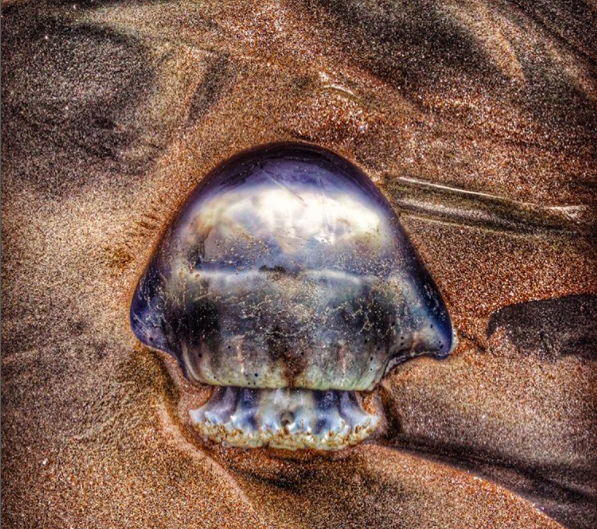When is Jellyfish season in Panama?

It’s Jellyfish season in Panama! Learn when and why they are here, how to avoid getting stung by one, how to treat a sting if you do. and some great things that come with jellyfish season in Panama.
So let’s start with the when. While it’s hard for us to pinpoint an exact date jellyfish arrive in Coronado Panama, we do know that their arrival coincided with cooler waters and dry season.
In Coronado and other beach communities in the "Gulf of Panama," we experience colder waters beginning in February due to a phenomenon called upwelling.
Why is the water cold in Coronado Panama in the Dry Season?
Scientists say that we are experiencing a "wind-driven upwelling during the boreal winter" this happens to correspond with the dry season in Panama. "The thermocline shoals during upwelling cool the surface of the sea promoting nutrient enrichment of the euphotic zone, driving extensive phytoplankton growth. As trans-isthmian winds weaken in the summer, the surface waters revert to a warm, nutrient-poor, and low in chlorophyll". - (Legeckis, 1988; McCreary et al.,1989)
What’s interesting is that it’s not the whole Pacific Coast that experiences this said upwelling.
"The Panamanian Pacific Shelf is naturally divided by the Azuero Peninsula into two large areas, the Gulf of Panama (shelf area27,175 km2) and the Gulf of Chiriquı´(shelf area 13,119 km2). Evidence suggests that these two regions experience considerably different hydrological regimes."
What to do if you are stung by a jellyfish in Panama
Jellyfish stings vary greatly in severity. In Panama, most often they result in skin irritations in rare cases or cases of multiple stings jellyfish stings may cause more whole-body (systemic) illness.
Signs and symptoms of severe reaction to jellyfish stings include Stomach pain, nausea, and vomiting
How to avoid getting stung by a jellyfish in Panama
Snorkeling with Whalesharks in Panama
Always remember when entering the water in an unknown are to check for undercurrents, and of course for jellies! There are several trusted guides from Punta Chame that can take you to the surrounding islands for day trips.
For more information on businesses in Coronado, Punta Chame and surrounding beach communities visit the Playa Community business directory here.
For information on tides, in the Bay of Chame visit the Playa Community tide tables here.
Connect with us on Instagram for daily updates!
Sources:
https://www.researchgate.net/publication/222566705_Variability_in_upwelling_along_the_Pacific_shelf_of_Panama_and_implications_for_the_distribution_of_nutrients_and_chlorophyll
https://www.mayoclinic.org/diseases-conditions/jellyfish-stings/symptoms-causes/syc-20353284
Trending Tags
